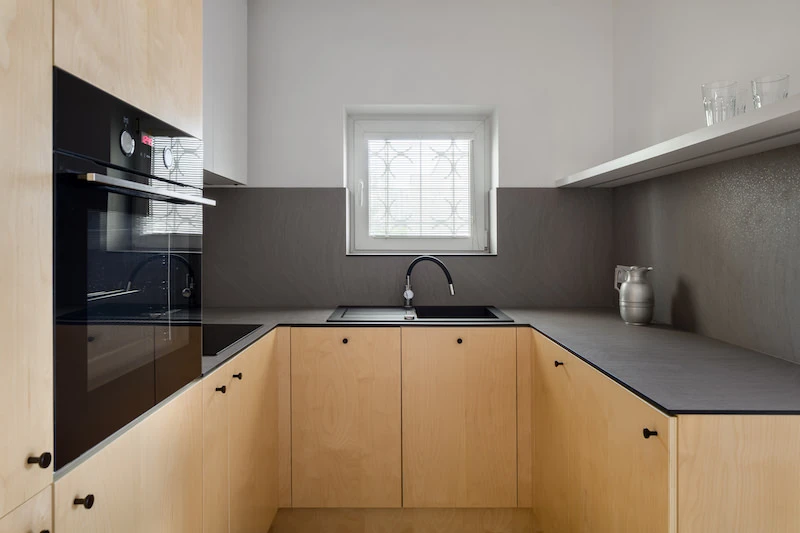Birch is one of the most common types of wood in North Europe. Due to its frost resistance and unpretentiousness to the soil, this type of wood got accustomed well in our countries.
Birch is cut at the age of 60, which is quite early. Beech, for example, is cut at the age of 100 years.
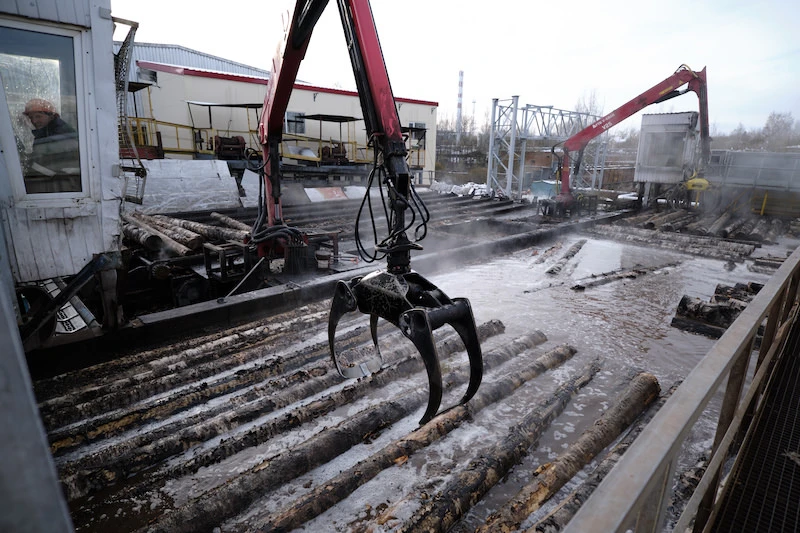
Because of such growing speed, birch is a relatively responsible type of wood. While you are using birch furniture, new trees can grow up. Let's get some new information about this type of wood.
Properties of birch
Birch cannot be named as 100% hardwood or softwood. Its density equals 650 kg/m3. Such a number is on the board between two categories of wood.
Ash, for example, has a 690 kg/m3 density. It is definitely hardwood.
An interesting and important feature of the birch, which dominates usage, is the ability of the birch to bend.
If you are sitting on a chair with a round armrest – check it, maybe it is made from birch.
Birch is also good in keeping connections (nails, screws) and gluing.
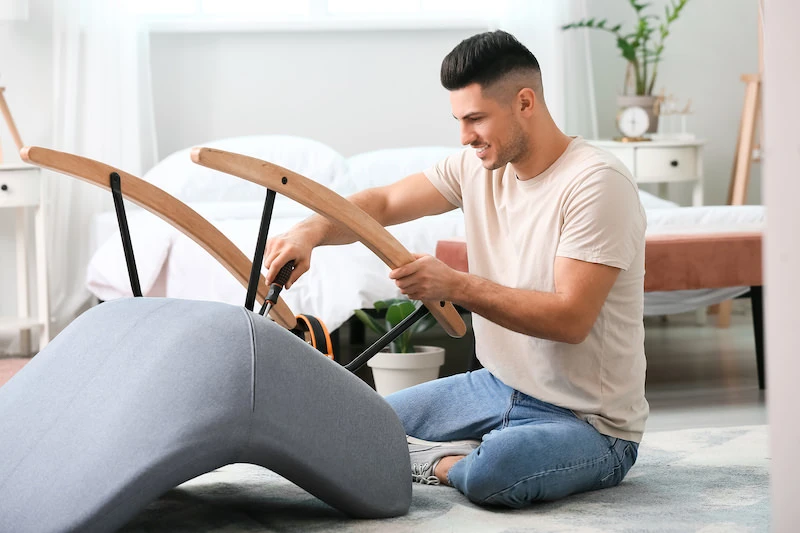
Birch texture
By the way, how to distinguish birch?
First difference is shine / reflection / mirror. You will not confuse with anything other. Only birch has this superpower to shine.
In general, the birch texture Is not very different, like it is in oak or ash. The fibers are rare, small, or average, with scattered pores. Partly, it is because the birch does not have a core.
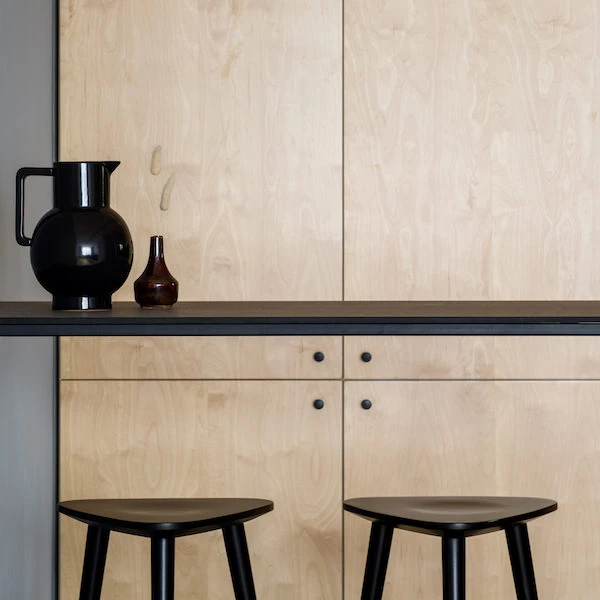
Ash, for example, can have three colors – the core is brown, the basic wood is pink and the sapwood is yellow. Birch is stable, the same white.
Some woodworkers advise imitating more expensive types of wood using birch. For us, it seems not useful. The color will be close to oak or ash, but the texture can get lost more. As result, you will have a «spineless» product. It is better to leave the birch in its white-yellow, natural color.
Usage of the birch
So do apostles of Scandinavian design. Birch is very popular among designers and architects from Finland, Sweden, Estonia. In connection with white walls, it is a classic of Scandinavian design.
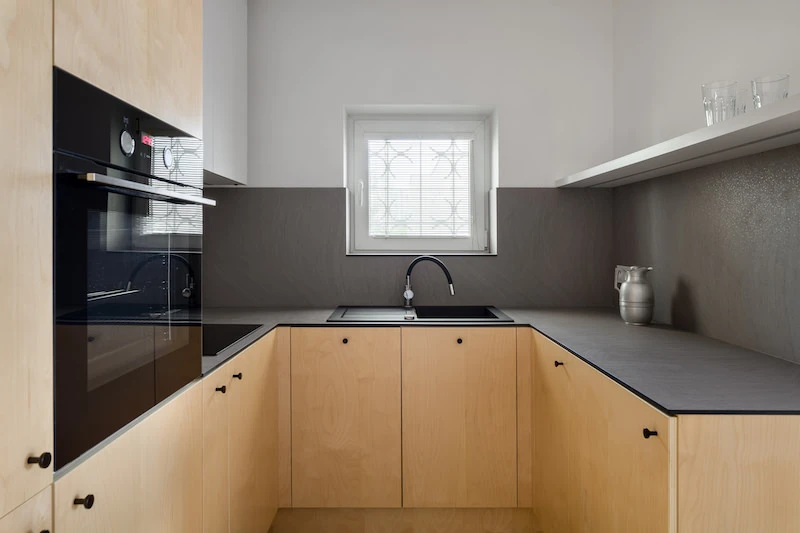
Unlike in Germany and USA, where the birch is not respected.
For Americans, birch is associated with old-fashioned furniture from the 1960-s. At that time, birch was popular there.
The scope of use of the birch is very wide. Sports disks, bars, skis, guitars, handrails, handles, butts - wherever the ability to bend can come in handy - there is birch.
Birch is not a common option for a parquet. Too soft and too monotonous pattern for flooring.
For tabletops, birch is also uncommon wood, although in vain. It could be very nice.
Glued panels, veneer, and plywood – are the main products from birch. In lumber and lamella, it is rare.
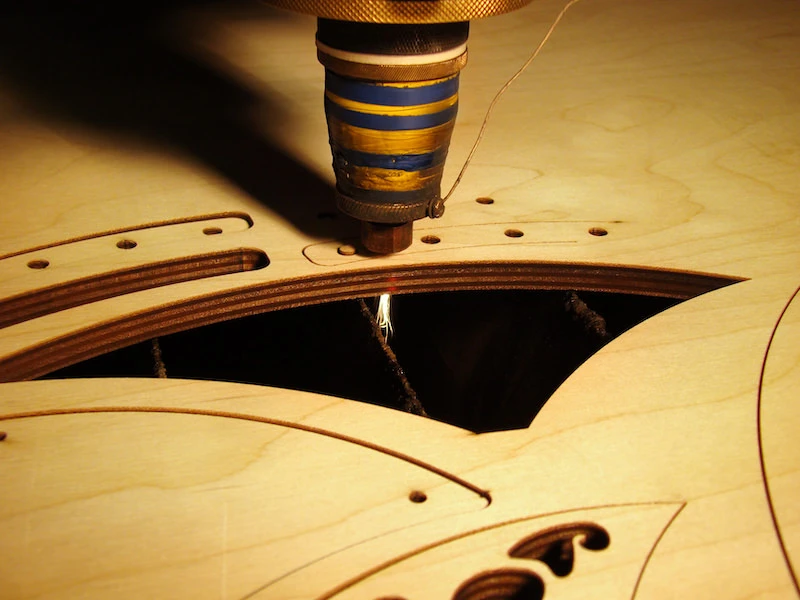
Inexpensive stairs – are also one of the areas of using birch.
Conclusions
As a resume we can tell about the birch:
- It is a responsible type of wood (fast-growing, early cut)
- Is not 100% hard or softwood
- Have unique qualities – bends better than other types of wood
- The texture is not very different, but in combination with natural color looks very nobly
- Birchwood is a classic in Scandinavian design furniture
- Often is used for the second part of the furniture (hands, legs), but also for tabletops and steps.
Come to Stragendo, where you could always find a wide range of birch glued panels.

